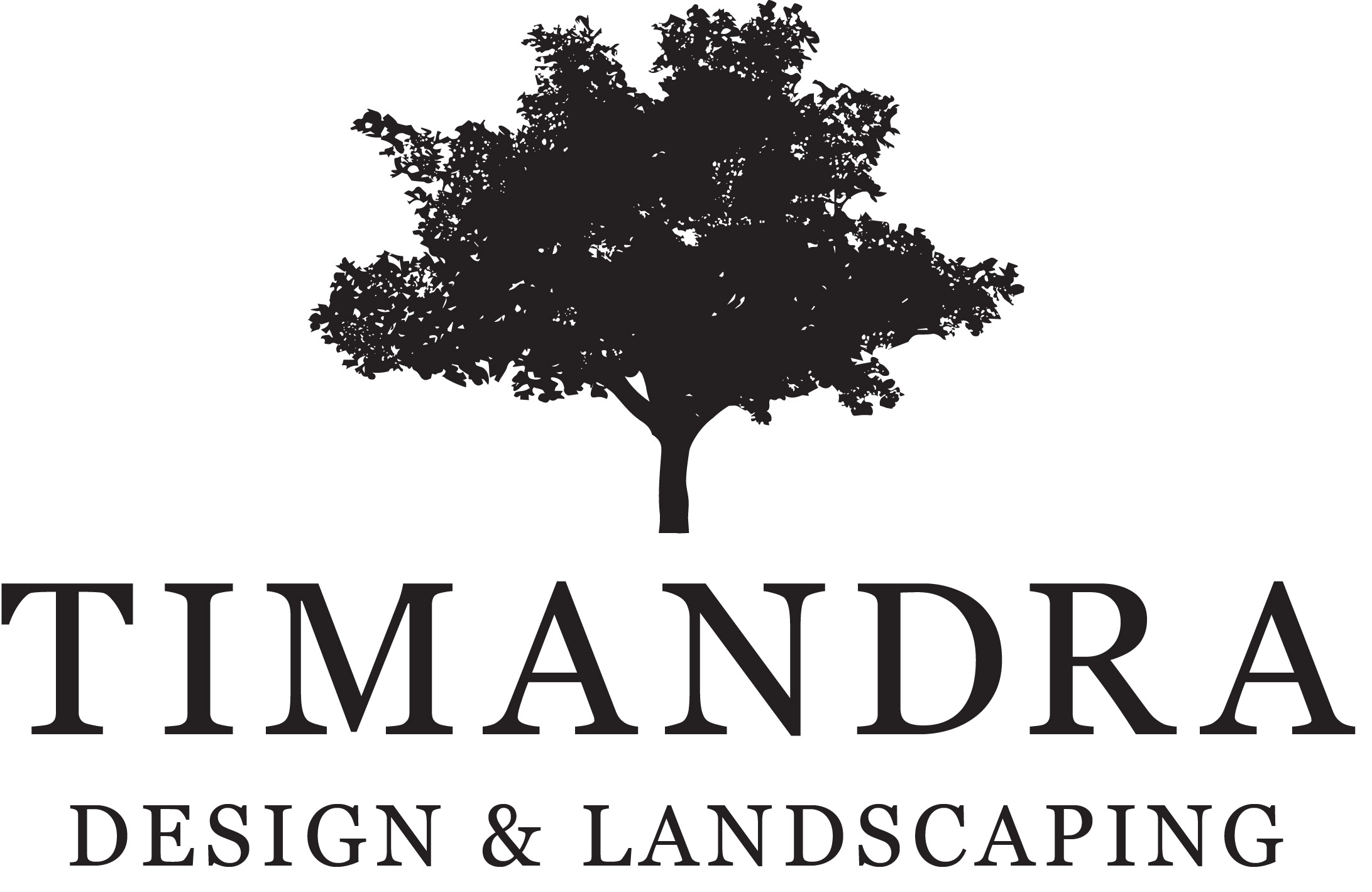One hears the word ’sustainable’ bandied around a lot in many businesses. But how many people really understand what the word means, and the implications of doing the exact opposite? I want to be a leader in bringing about change in how we address landscape design for both domestic and commercial sites.
Sustainable development, now referred to as ‘sustainability’, according to the World Commission on Environment and Development, 1987, is “Development that meets the needs of the present without compromising the ability of future generations to meet their own needs”. In other words, future generations should be no worse off than the current generation with current practice. Also for consideration is the robustness and stability of ecosystems, so that they can continue to flourish unimpeded.
A sustainable garden, from the outset, works with the site as it presents. It is a completely different concept to the typical manufactured garden with rendered retaining walls, masses of immaculate paving, lavish lighting and so on. There are minimal earthworks; retaining walls are only used if absolutely necessary – in fact I like to work with slopes using plants to bind the site; I use aggregate as an alternative to pristine paving and I don’t use lighting as this frightens the birds. But good design is paramount with a professional sustainable garden – these gardens need real flair, to make them stand apart from Joe Blog’s down the road.
I was the former owner/designer of Australia’s first and only Ecotourism garden; it was a wonderful learning experience going through the rigorous certification proceedure. And I have been able to adapt so much of that experience into my current model for sustainable landscapes.
I have attended many of the Landscape Designer’s Conferences held biennially in Melbourne. Most of the speakers are from overseas, with an overriding consensus of opinion amongst these speakers being the movement back towards sustainable gardens.
I am a regional landscape designer. Often our sites are large, and so as a genuine sustainable advocate, I break up these sites with plants. Plants are essential for carbon sequestration, provide biodiversity to a garden and when correctly used, aid the ecology of the site, especially in areas with drainage issues.
A good sustainable landscape designer needs to have a massive repertoire of plant knowledge in order to be able to effectively handle any difficult site with plants that will work in that situation. I use plants to soak up poorly drained areas and plants can be used to bind sand on coastal dunes.
Some earthworks are often required initially, but it needs to be minimised. I have seen too many photos of large excavators being used on sites to place massive rocks into situation, in the name of sustainability. Significant engineering and construction is taking place in these gardens – the whole ecology of the site is being eroded with these actions.
A true sustainable garden uses an extensive range of native plants [but they can also be exotic as long as there is variety] suited to the soil for increased biodiversity to the site; limits earthworks; minimises all construction and has no hard landscaping. It should also provide insulation to the home as climate change concerns become more evident. It’s that easy. I like to call a sustainable garden, because of its modesty – elegant.
Alison Aplin
